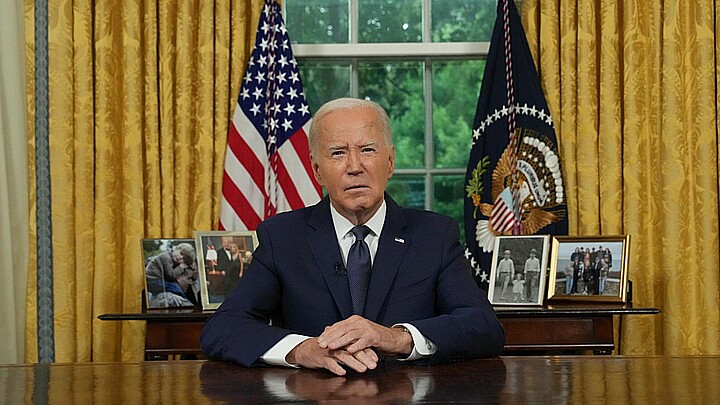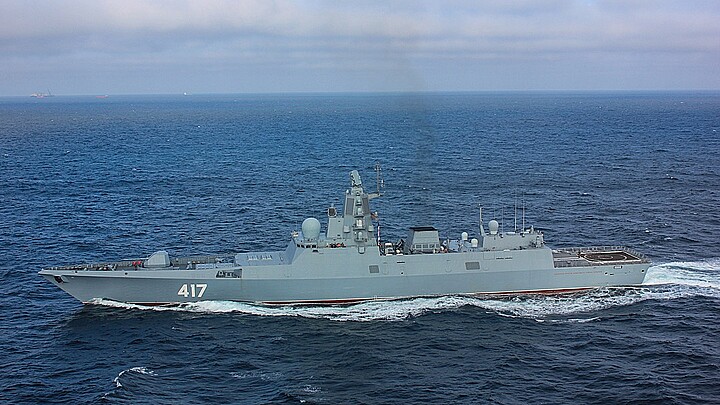Politics
People can spend up to 5 years in jail for selling foreign currency in Cuba
According to the draft of the new Penal Code, people who sell foreign currency can face fines and prison sentences of two to five years
January 31, 2022 1:34pm
Updated: January 31, 2022 2:54pm
The sale of foreign currency will continue to be a crime in Cuba, according to the draft of Cuba’s new penal code that is to be approved in April 2022. The sentence for those who commit such a crime will face fines and sentences of two to five years in jail.
Article 316.1 of the new penal code says any person who: "sell or, by any means, transfer, transfer or acquire currency, checks, drafts, traveler's checks or any other similar credit instrument denominated in foreign currency, in violation of legal provisions; and make exchange operations in black markets of national or foreign currencies or through channels other than those legally established" will face sanctions ranging from fines of five hundred to one thousand and imprisonment.
Nowadays, the only place where Cubans can acquire foreign currency is the informal market. This is because the government lacks the funds to meet the demand for these currencies, especially when they are needed to deposit money into the Free Convertible Currency (MLC) cards, through which they can purchase products that don’t exist in Cuban peso stores.
Currently, one euro can be traded at 110 Cuban pesos, and the dollar for around 100—exorbitant prices close to those seen in the parallel market during the special period.
Only a week ago, the MLC surpassed the dollar in the informal currency market, but according to the representative rate of the independent media El Toque, this reality has changed.
Based on the calculation of the average of hundreds of messages offering to buy and sell foreign currency in social media groups, El Toque's rate shows that this Sunday, 100 Cuban pesos could acquire one U.S. dollar in cash and 98.5 for one unit of MLC.
Before January 1, 2021, the start of the regime's monetary and exchange "order," the dollar was equivalent to the extinct Cuban convertible peso (CUC). It could be purchased in the informal market at the fixed government rate of 25 pesos. This was true despite Cuba’s endemic economic crisis and the pandemic.
Then new monetary "order" and shortages of food and basic goods have triggered inflation in Cuba, to the point that the island's national currency depreciated the most in the world during 2021, according to Bloomberg.
Many citizens claim that the difference in value between the MLC and the dollar comes from the Cuban migratory wave and the recent establishment of the free visa to Nicaragua, a country through which Cubans can travel to the U.S.-Mexico border.
In addition, as of June 21, 2021, Cubans cannot deposit dollars in the country's banks, a government measure that worsened the economic situation for ordinary Cubans on the island.










